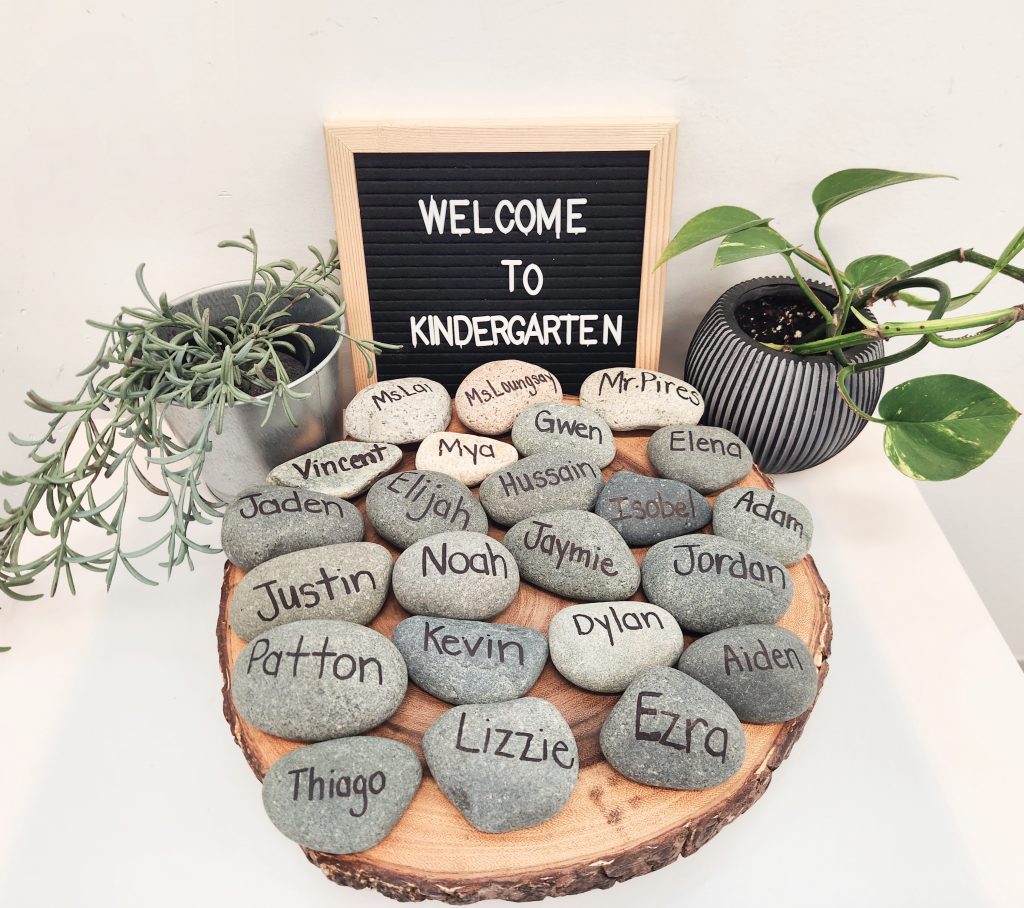Our class ended our Winter theme unit by building homes for some of the animals that hibernate in the winter time. Each table group chose their animal(s), gathered materials and then built the home together. We were so impressed with how everyone worked collaboratively and helped each other out!


